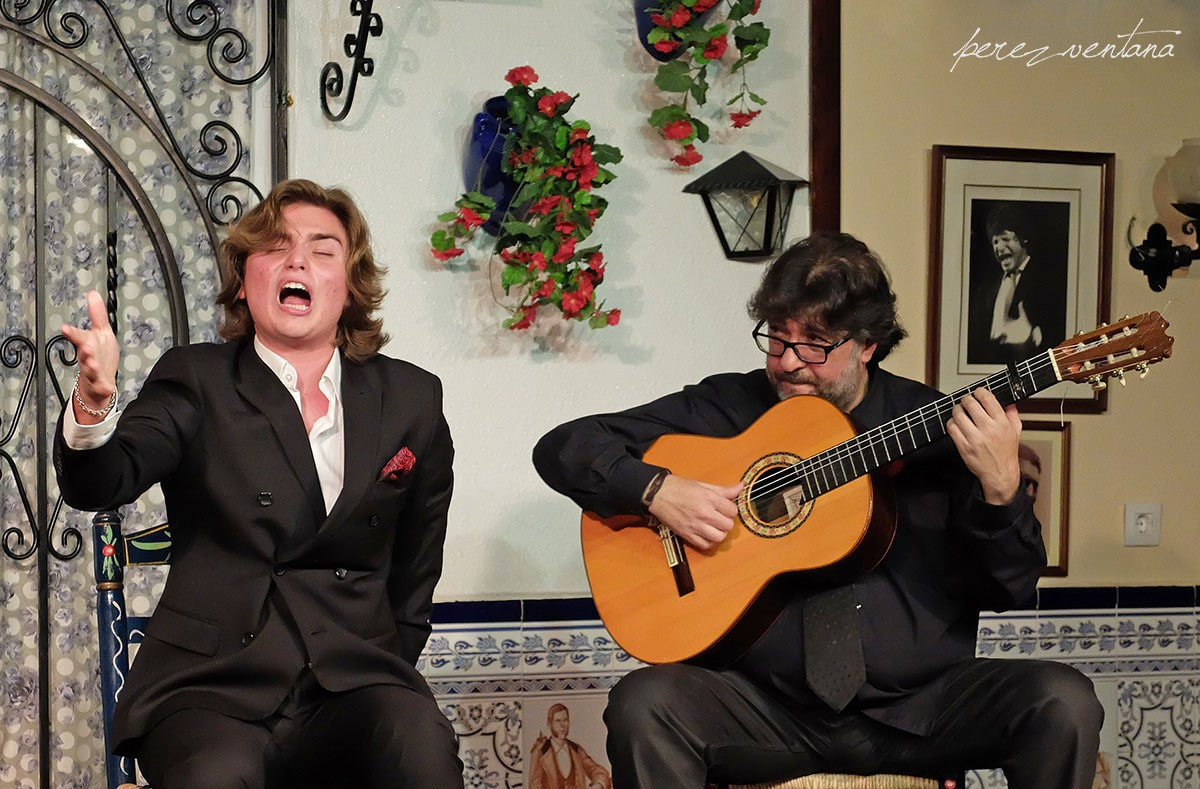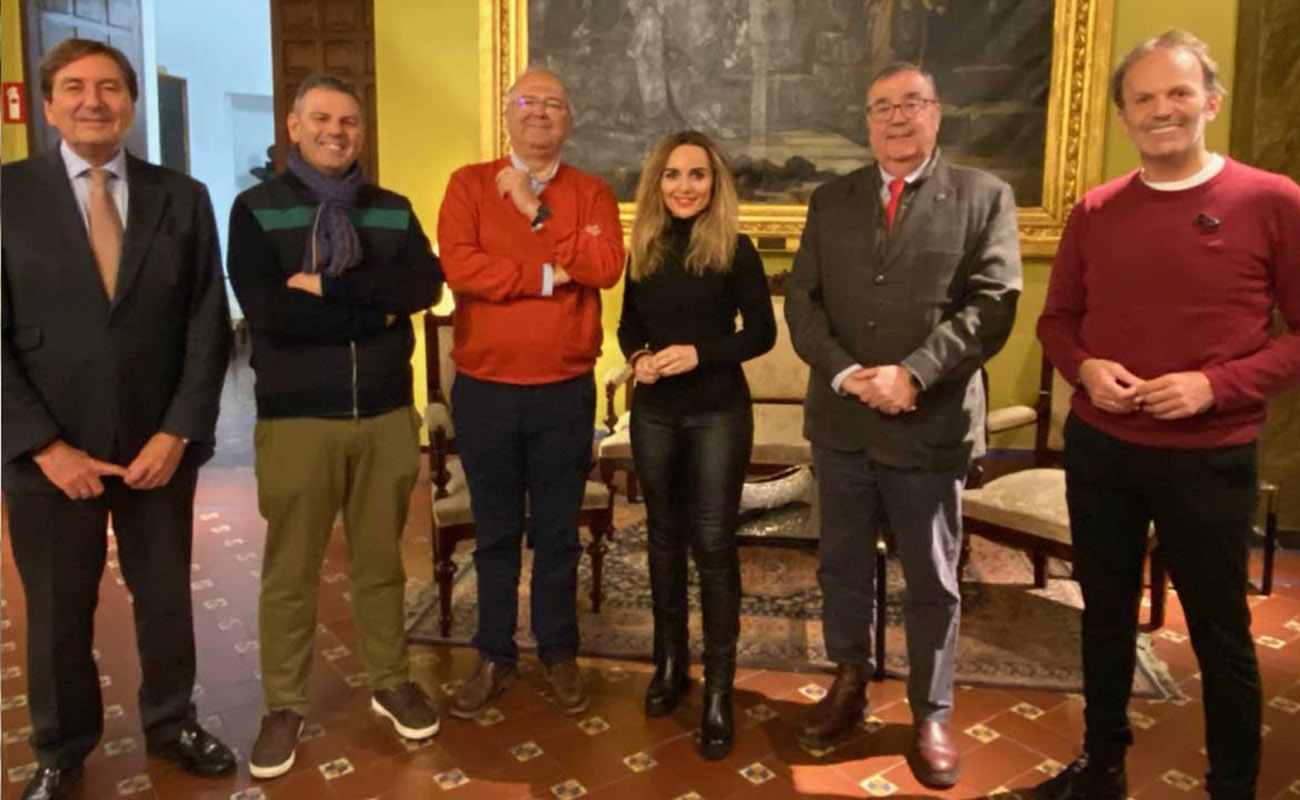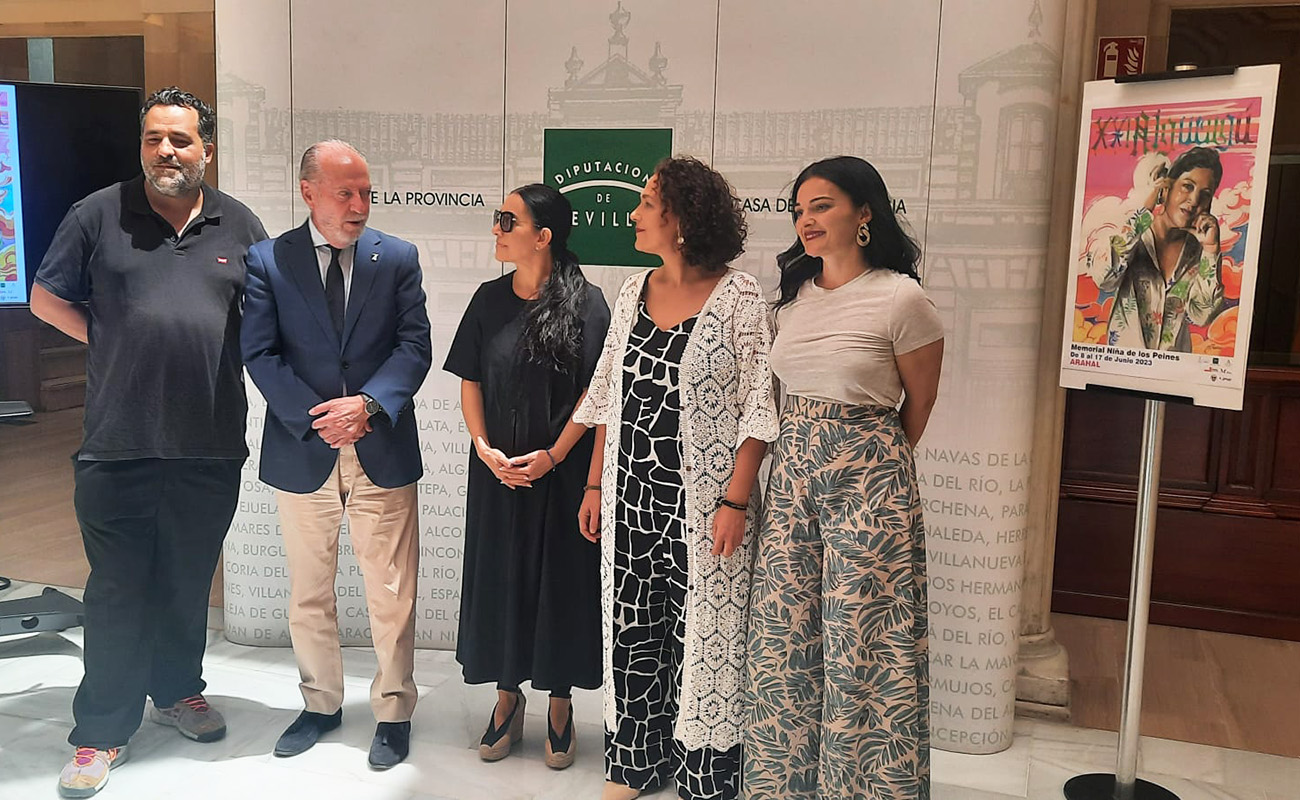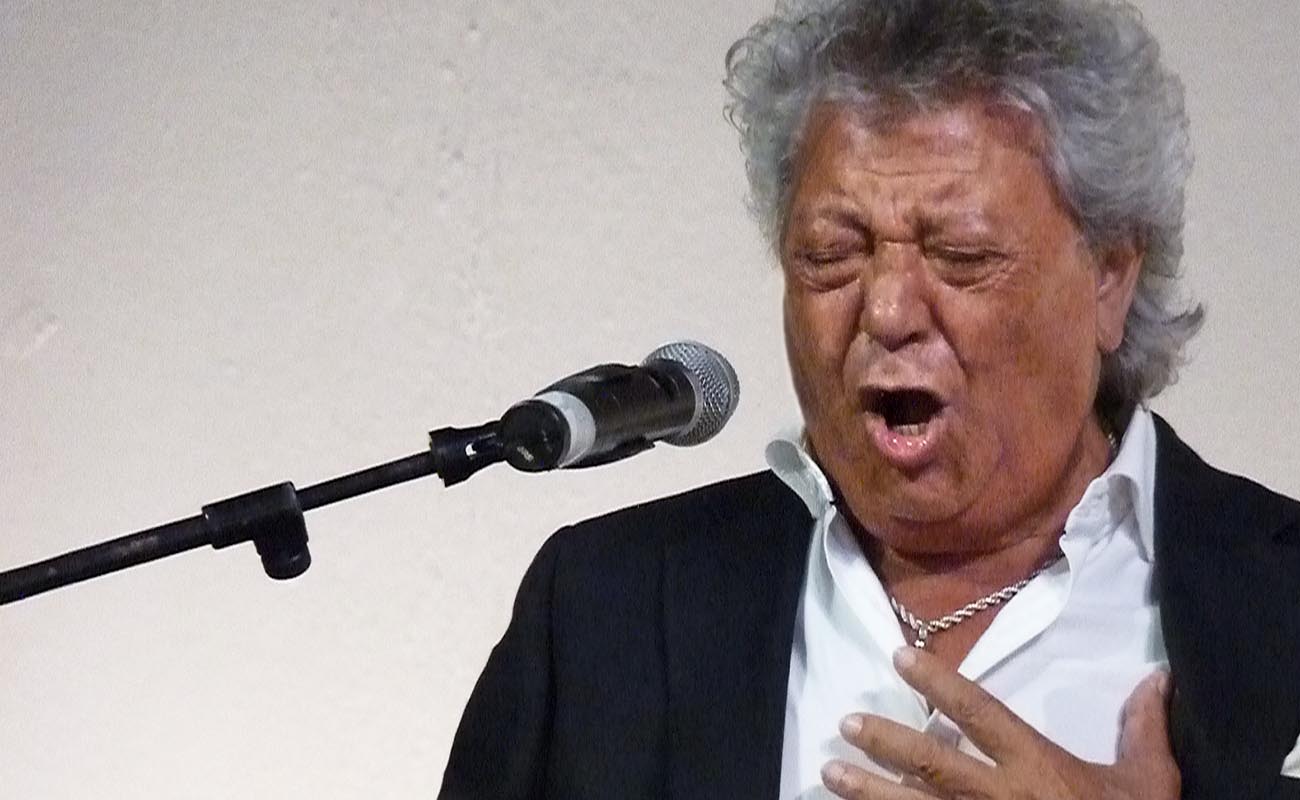Authentic naturality
Different ways to perform flamenco have always co-existed, so why can’t this also be the case nowadays? Yet, if one day a martinete or a seguiriya are considered nothing more than relics, that day something that made great this art would have died: the authentic naturality.

We remember when, in the 1970s, some flamenco artists in all facetas — cante, baile and toque — increased considerably the rates they charged to performing at festivals because they had to include bassists, percussionists, palmeros, violinists and even tambourine players. Some festivals would ban any instrument other than Spanish or flamenco guitar. A famous bailaora once said that the artist agent Pulpón took her off festival lineups after Paco Vallecillo called him to report that she had included a cajón in her performance at the Ceuta Festival. There was a lot of zeal regarding the so-called purity or traditionalism, that is, with traditional flamenco or the model that had become popular, which featured nothing more than palmas and guitar. Not to mention the traditional tablaos of Madrid or Seville.
Some people think that, in the early days of flamenco, singing and dancing was only accompanied by guitar and palmas, but that’s not true. That became the rule in the café cantantes, and pianists would play even at those venues. Isidoro el Ciego, pianist in cafés such as El Burrero or El Filarmónico, was a celebrity. So, when people talk about the origins of piano in flamenco they shouldn’t stop at Arturo Pavón and Pepe Romero, because piano featured in flamenco since much earlier. Do you remember Manuel García Matos, the pianist brother of the bailaor Antonio Triana, who worked closely with Carmen Amaya and Sabicas? A very forgotten artist, by the way. Another great flamenco pianist was Currito el de la Jeroma, guitarist from Jerez who grew up in Seville, with whom Tomás Pavón used to sing por seguiriyas at the academy of Eloísa Albéniz, the wife of Arturo Pavón, senior. Tomás once said that “cante had nothing to lose with piano”. He was also a big fan of Chopin, incidentally.
It was Caracol who said it was possible to sing flamenco accompanied by pipes, and we think he actually tried it. But what he really liked to do was singing accompanied by the guitars of Melchor de Marchena or Niño de Ricardo, in a party. Just like Antonio Mairena or Niña de los Peines. Pastora didn’t like the stages, just like her brothers, and only performed on stage out of financial need. Whenever there was some celebration at her house, she would call Melchor or Pepe Martínez and would treat her guest with a wonderful recital accompanied by guitar only.
Cante jondo is so great that it doesn’t need any kind of accompaniment. Good music can be made singing a palo seco, using just the voice and some rhythm. It’s remarkable when a kid like Manuel de la Tomasa comes on stage and gives it all singing tonás trianeras of old the flamenco families such as the Cagancho or the Pelao. Yet, some people think that these are outdated relics. They say we should adapt to our times. “Seek a new flamenco”, someone wrote the other day, as if the old arte jondo was now useless. Rosalía’s new flamenco?
Different ways to perform flamenco have always co-existed, so why can’t this also be the case nowadays? They do coexist, indeed, and there’s public for all of them. Yet, if one day a martinete or a seguiriya are considered nothing more than relics, that day something that made great this art would have died: the authentic naturality.






